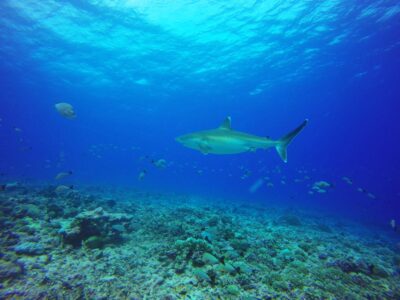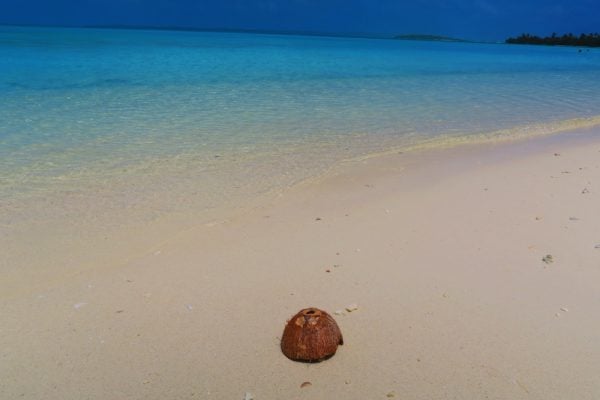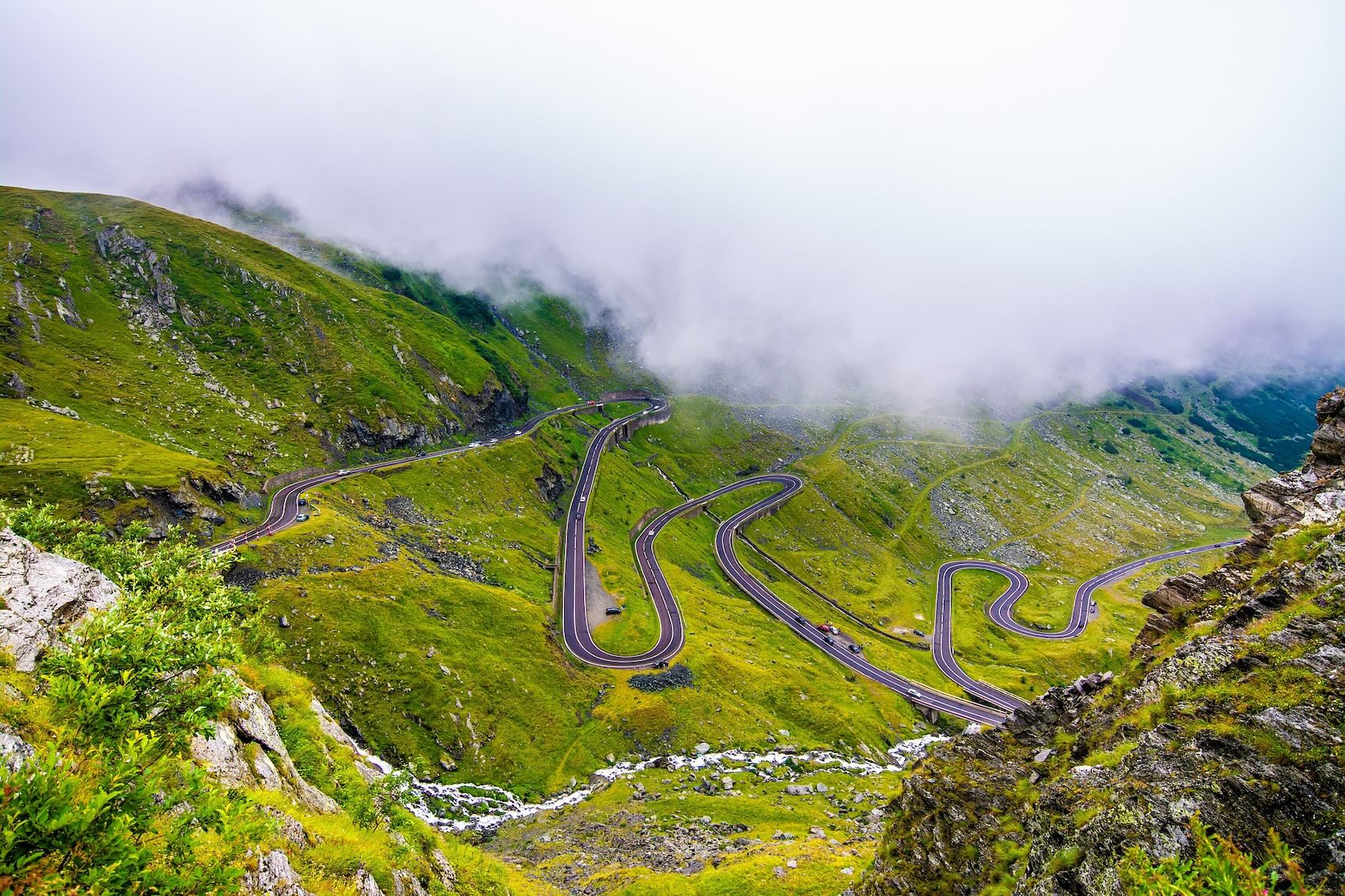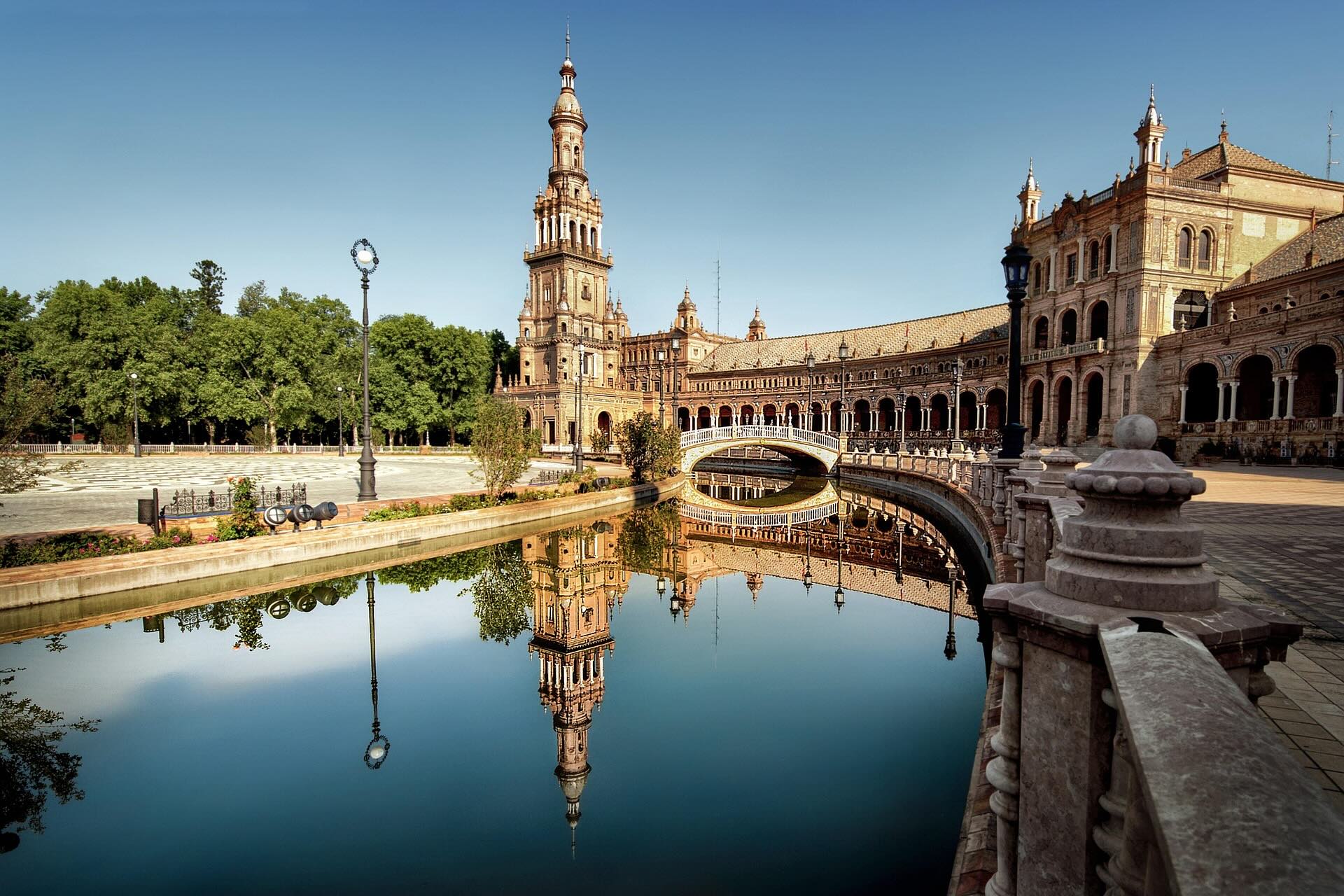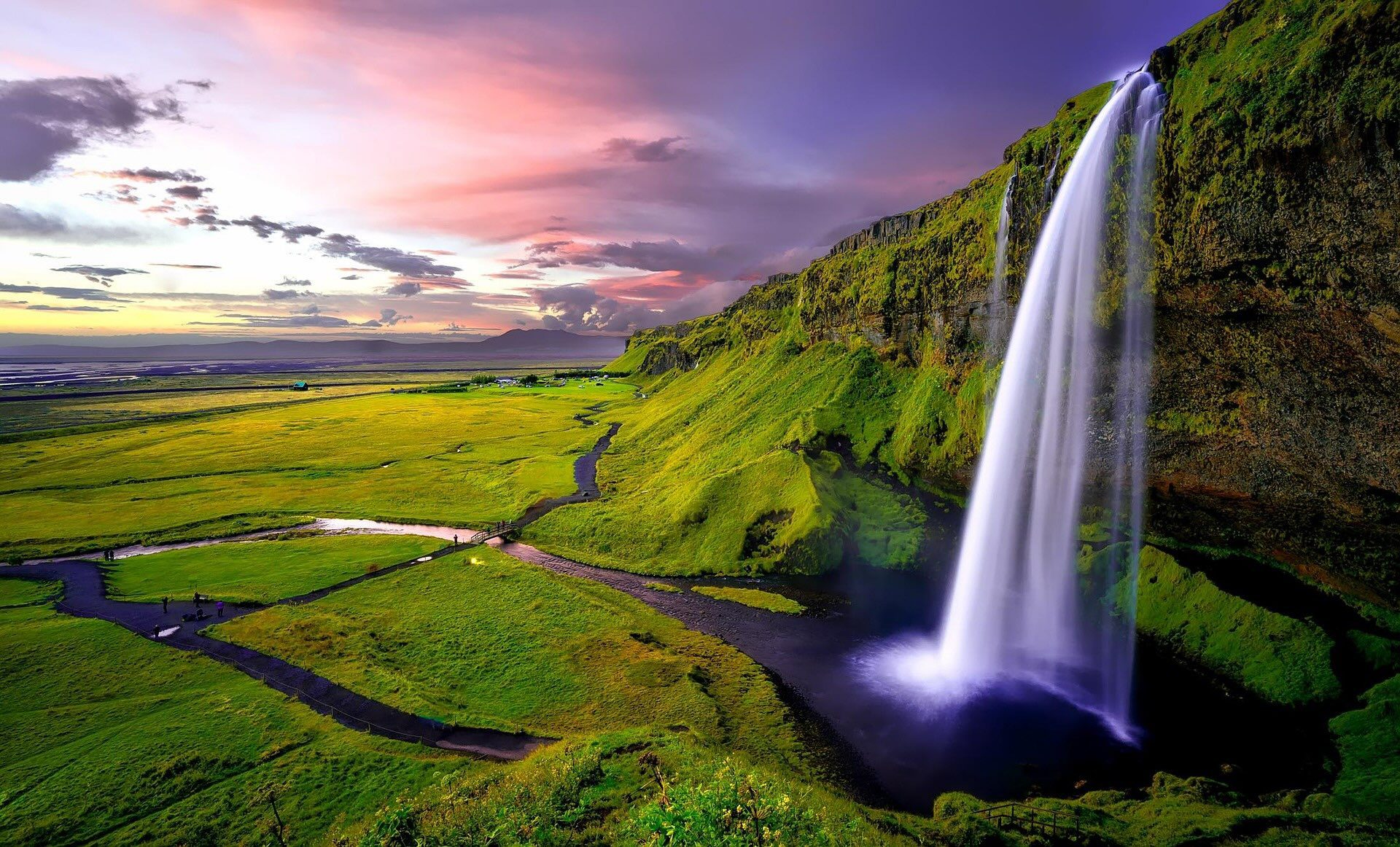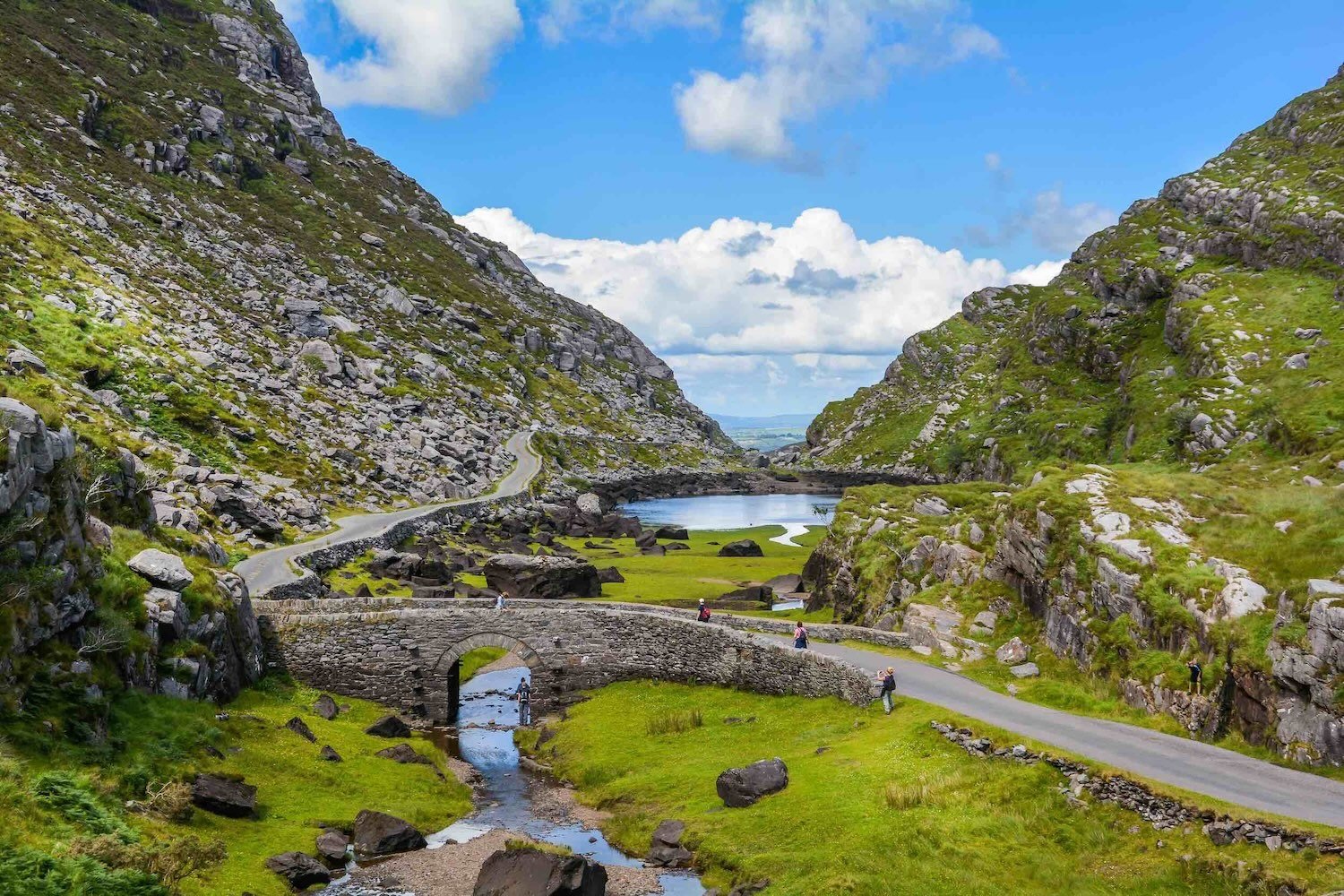Austral Islands Travel Guide
Austral Islands Travel Tips
Listed in this section are general travel tips for the Austral Islands. In the next sections, I’ll share specific travel tips for the islands covered in this guide.
Recommended Reading
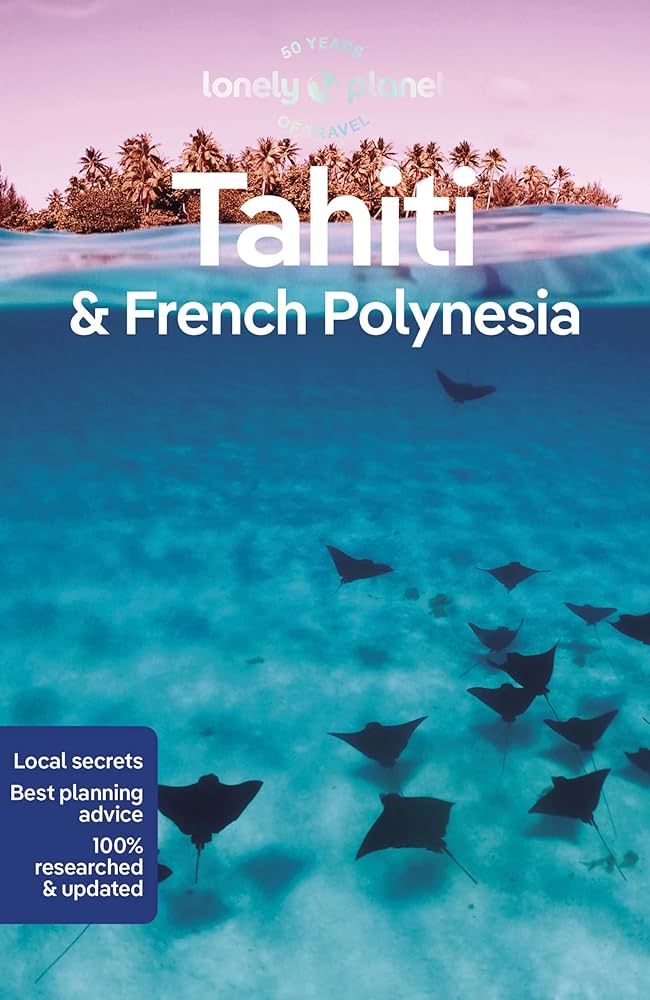
- Traveling in French Polynesia During COVID – Rurutu, Tubuai & Raivavae: a personal account of my visit to the Australs during September 2020.
- French Polynesia Travel Guide: everything you need to know before heading to paradise.
- Lonely Planet: French Polynesia: always useful in the planning stages and during your trip.
- Tahiti Tourisme: the official site of the local tourism office. You’ll find relevant information about Tahiti and the outer islands.
When Is the Best Time To Visit the Austral Islands?
The best time to visit the Austral Islands is during the “dry season” in French Polynesia, between May to October. Between July and October, humpback whales visit the chain, mainly camping off the coast of Rurutu. Keep in mind that the Australs are much milder than other islands, especially during the heart of the dry season between June and July. If you’re visiting during these months, prepare for chilly weather at night. I visited in September and the weather was perfect. There were a few slightly chilly evenings but, for the most part, the temperature was just right.
How to Get To the Austral Islands?
The primary islands of Rimatara, Rurutu, Tubuai, and Raivavae can all be reached via domestic flights. Rapa (Iti) can only be reached via a cargo ship that visits every month. Despite having air links with the outside world, island-hopping within the chain can be challenging. Rimatara and Rurutu are served by the same flight, as are Tubuai and Raivavae. There is a flight between Tubuai and Rurutu but not daily, making the hop possible albeit challenging to time. If planning to visit more than one island in the chain, purchase the Austral Pass from Air Tahiti or the Austral Extension if purchasing an air pass for one of the other chains.
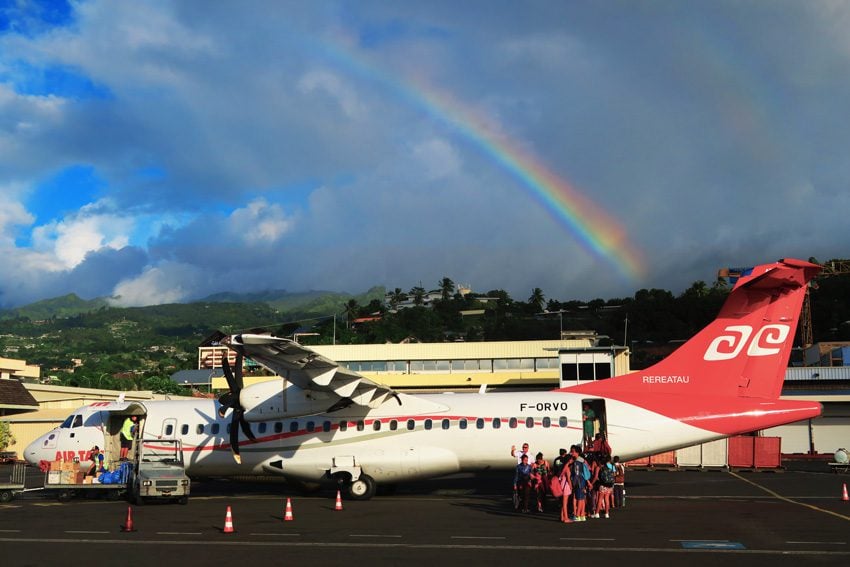
The check-in process at Austral Islands airports can be extremely slow due to the paperwork involved with sending cargo. Many locals on the flight will send various items of cargo and this can really slow things down. You won’t miss your flight but if you plan to eat at the airport cafe or do some souvenir shopping (all airports have a crafts shop), arrive well in advance to beat the queue.
Where to Stay?
The Austral Islands do not cater to mass tourism so there are no resorts or hotels, just low-key family-owned pensions. Some are better than others but all provide simple accommodations, and meals (breakfast and dinner). This is an excellent opportunity to get to know islanders. The more you open up and immerse yourself in the situation, the better your experience will be. It’s important to set the right expectations.
Since you’re visiting small and remote islands, you are often dependent on your hosts not only for accommodation and meals but also for taking you on or helping you book tours. The more kindness and respect you show, the more likely they will go the extra mile for you, such as sharing experiences that are outside the normal “tourist route”. Remember that it isn’t easy to run a small business out there.
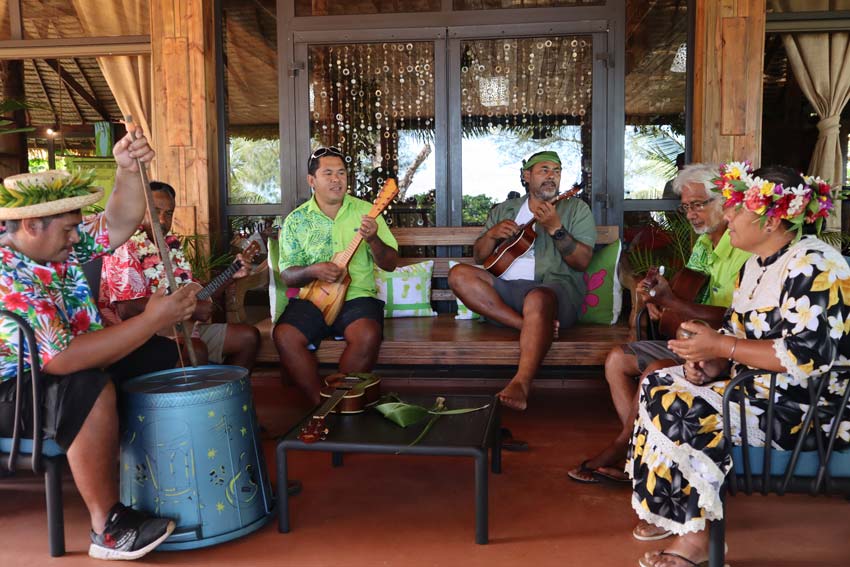
Don’t expect room service, certain things in your room might not be perfect or might malfunction, and your hosts may not be able to cook vegan food (but do let them know in advance about basic dietary restrictions). Do your research before booking on sites like Tripadvisor and just enjoy the simplicity of a homestay on beautiful islands.
I highly recommend booking accommodation in advance, especially if you have your heart set on a specific pension or lodge. Don’t be surprised if you’re asked to pay a deposit via a wire transfer, even if you have booked online.
The next sections of the Austral Islands travel guide will provide specific recommendations for places to stay on each island.
Money
Almost all pensions and shops do not accept credit cards, so it’s best to inquire ahead of time with your hosts and either prepay or bring cash. Rurutu and Tubuai have ATMs. At the time of visiting Raivavae, it had an ATM at the post office that is said to accept foreign cards.
Always carry with you some Euro to serve you in emergencies. Euro is accepted but only in extreme cases where you have no local cash left.
Mobile Reception and WiFi
Vini is the only mobile network with coverage in the Austral Islands (my Vodafone roaming package did not work). That said, even Vini does not have good 3G coverage and some areas have either no data coverage or extremely poor connection. Internet is also a struggle here. Some islands do not have full coverage and the households that do, have a very poor internet connection. Expect to struggle with the basics such as sending emails, attaching files, and even sending text messages. Forget about streaming and surfing the web. French Polynesia is underground a process of connecting to a new fiber cable but there are no plans of delivering this service to the Australs.
Speaking English
Speaking French goes a long way in the Austral Islands as not many islanders speak English. This is true even for islanders working in the tourism industry. You should be able to find English-speaking guides in Rurutu and Tubuai.
Download Google Translate offline before visiting French Polynesia.
Drinking Water
Some pensions have started to filter their water supply so it will be safe to drink from the tap. It is best to inquire with your hosts and to be prepared to purchase bottled water. If tap water cannot be consumed, hosts will usually provide a bottle of water for your first day. Never drink water from streams. They might be safe for the locals, but your stomach won’t approve.
Your First Day
The amount of sightseeing and food shopping that you can do on the day of arrival to a new island is always limited. In the Austral Islands, I found the following tips to be helpful for the day of arrival:
- Bring with you some snacks and even sandwiches because there might not be any open restaurants or grocery shops. It might also be quite a distance to get to both.
- Aim to book a guided island tour for the first day. It’s best to book in advance but there’s also a good chance that your host will be up for showing you around on a paid excursion. Half-day tours are sufficient for getting to know the island and for spotting areas you might want to revisit over the next few days.
- If you haven’t done this in advance, use the check-in time to also book your excursions for the remainder of your visit. Keep in mind that other tourists also arrived on your flight so you don’t want to be faced with fully-booked excursions.
Islands such as Raivavae prohibit visitors from bringing fresh produce from other islands, even within the Australs. This includes fruits, vegetables, and even flower necklaces.
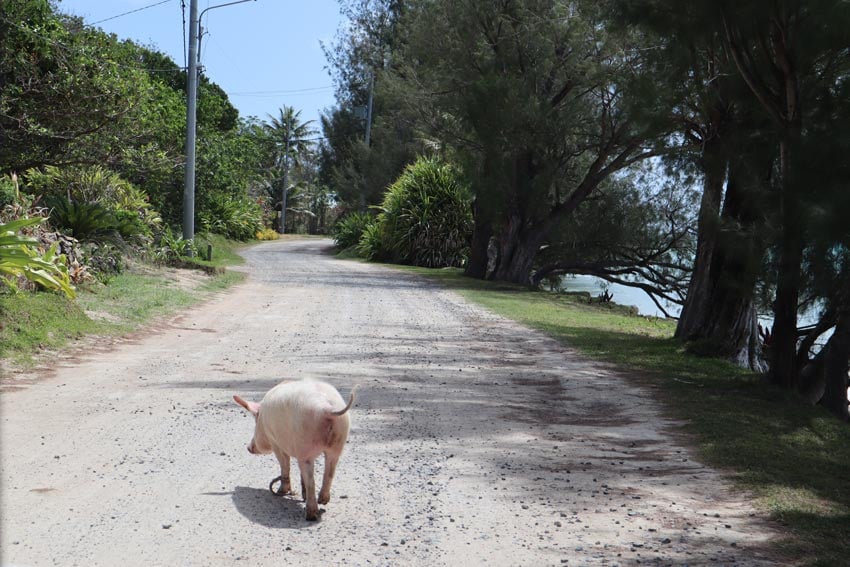
What to Pack
Listed below are a few essential items to pack, specifically for the Austral Islands. Check out the X Days In Y Packing List for recommended products.
- Light rain jacket with a hood
- Thin but warm fleece jacket
- One or two long pants suitable for hiking
- Warm clothes for the night (but not too warm)
- Mosquito repellent
- Sun protection: lotion, sunglasses, monoi oil for after-sun care (optional), rash guard T-shirt for snorkeling (optional), hat
- Reef shoes (strongly recommended), dry bag (for diving and lagoon tours)
- Mask and snorkel (must), fins (optional)
- Swimwear, including pareo (sarong), and quick-dry towel for diving (optional)
- Camera, underwater camera, and drone (optional)
- Zoom lens/binoculars if you’re into whale watching
- Light sweat-repellent clothing
- Flashlight
- Snacks for arrival day
- Hiking shoes
- Cash and emergency Euro/US Dollars
- Soap for doing some handwashing
What to Bring Back
The Austral Islanders are renowned for their craftsmanship, much like the Marquesas Islands. Their specialty is in weaving anything from mats (pe’ue) to fine woven hats and bags. Women own this tradition, passing it from one generation to the next. They mainly use pandanus for this. In the old days, woven mats were a symbol of wealth throughout Polynesia and were used as gifts to newlyweds. In addition to weaving, Austral Island women are masters in the making of tifaifai, traditional patchwork blankets that feature exotic patterns.
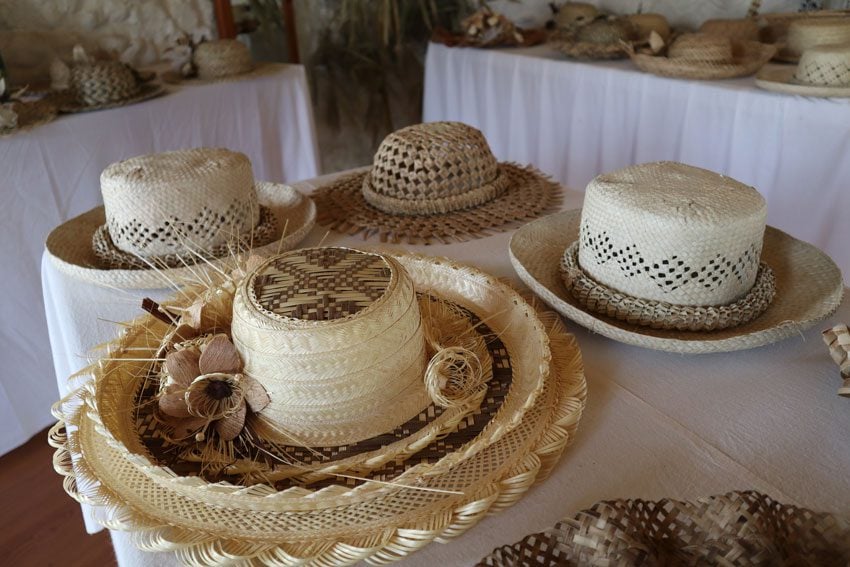
Be Aware of Dogs
Dogs are present in almost every country home throughout the Polynesian islands but in the Australs, I found them to be slightly more aggressive. Perhaps it’s because they are not yet used to outsiders. If you’re approached by a dog or see that you’re about to cross paths with one, don’t panic and simply cross to the other side. If they approach you, keep walking. Once you’ve passed a certain point beyond the property that they’re actually protecting, they’ll come to a complete stop and turn back.




